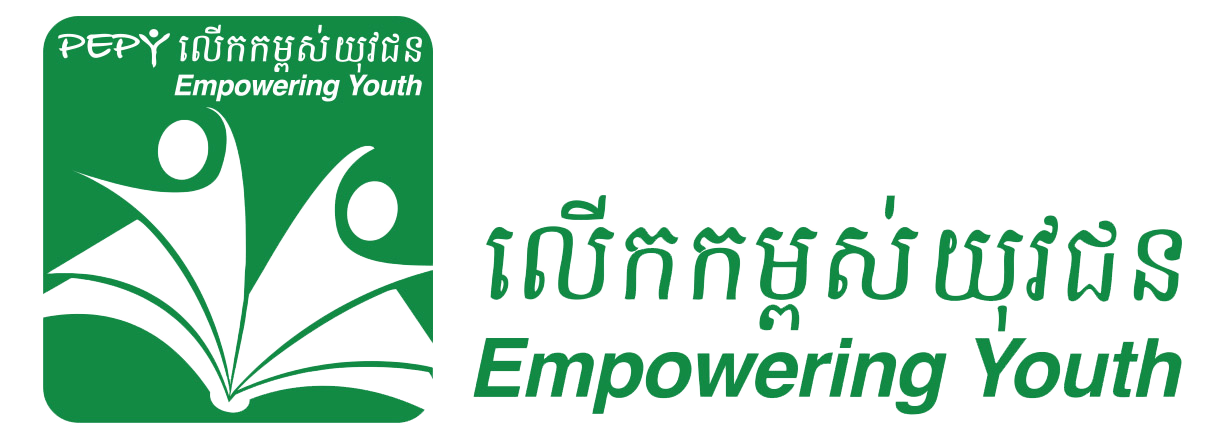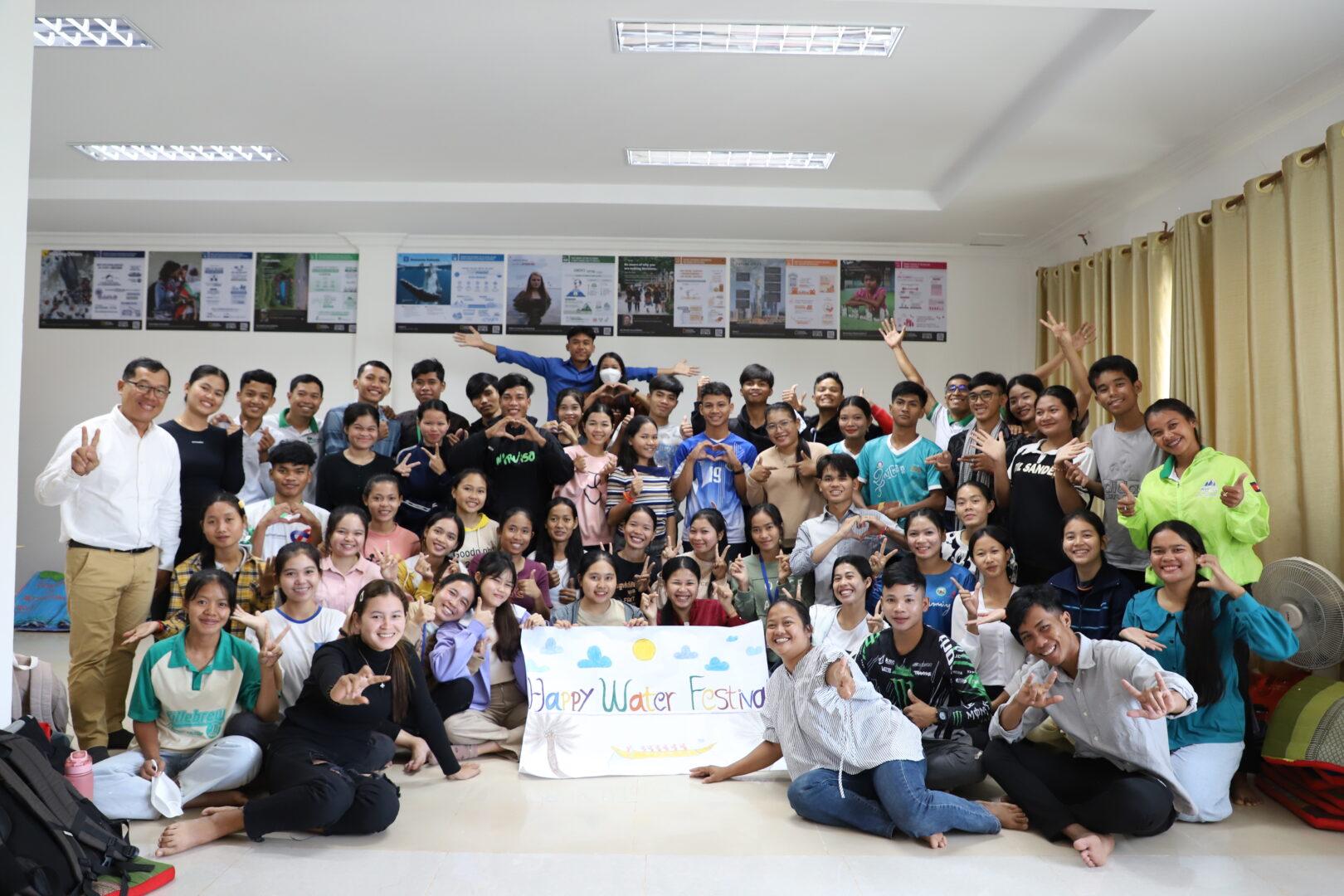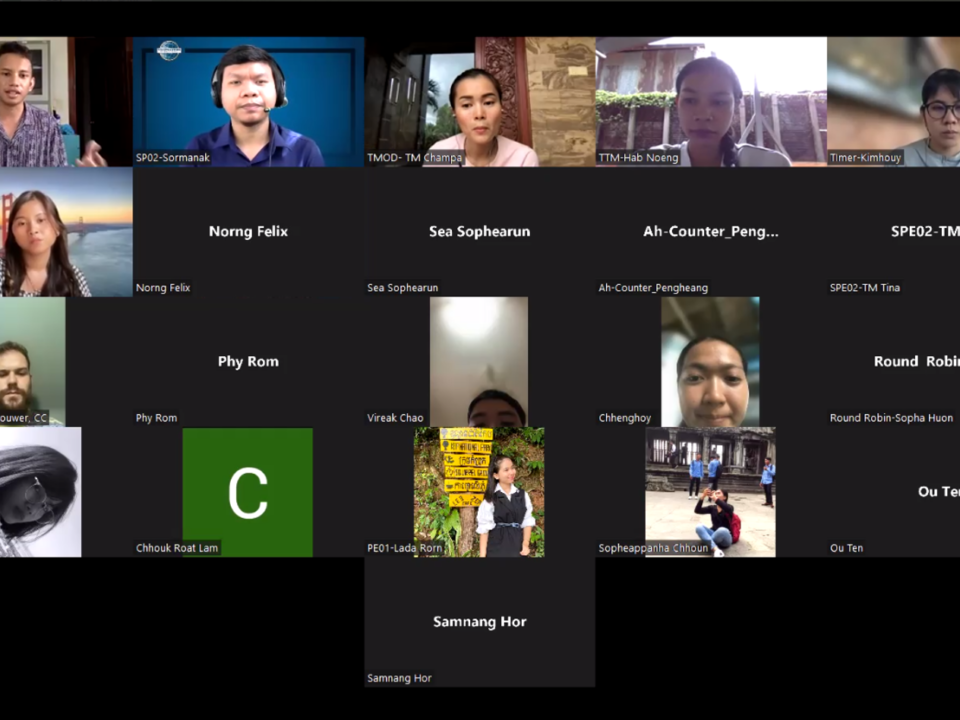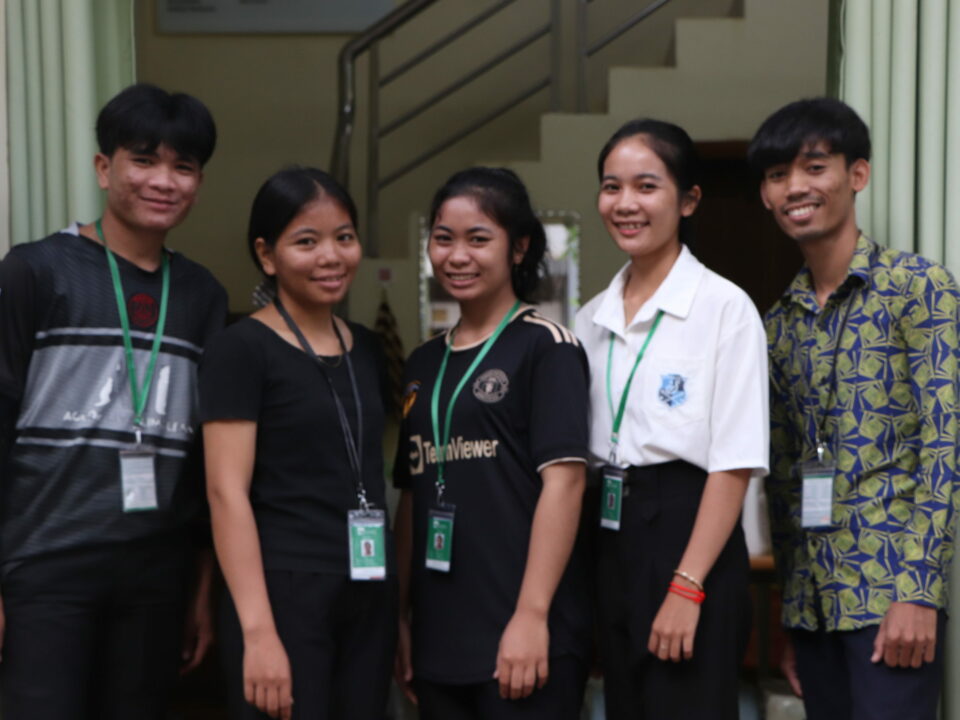Chanleas Dai Community Update
February 25, 2009Assessing Volunteer Tourism (Voluntourism) and Traveler Philanthropy
February 28, 2009Over the past two years, the Cambodian government has been planning a number of hydroelectric projects in cooperation with several Chinese power companies. Cambodia’s Foreign Minister recently said that the government plans to turn Cambodia into the “battery of Southeast Asia,”1 an ambitious declaration given that the country currently struggles to meet its own energy needs. The National Assembly recently approved the construction of four Chinese funded dams in Koh Kong province in western Cambodia, an investment topping 1 billion USD. In addition, there are other plans to build a large dam in Kratie province that will block the entire Mekong River. While the dams could help alleviate Cambodia’s energy problems, there is growing concern about the environmental and social impacts of the hydroelectric projects, especially in a country where 80% of the population still depends on agriculture for their livelihoods.2
According to a joint report by the NGOs International Rivers (IR) and the Rivers Coalition in Cambodia (RCC), “hydropower development in Cambodia has proceeded in the absence of meaningful public consultation and an overall lack of transparency in the decision-making process.”3 For the projects in Koh Kong and in Kratie, the government appears to have bypassed international hydropower standards as established by the World Commission on Dams, which require public consultation in determining dam locations. In both provinces, the dams will displace thousands of villagers, many of whom were unaware of the planned projects until the arrival of Chinese engineers conducting feasibility studies, information that the power companies and the Cambodian government have not released.
In addition to the hydro-projects’ lack of transparency, organizations like IR and Conservation International are wary of the environmental effects of the dams. In both Koh Kong and Kratie, the construction will greatly affect the rivers’ fish populations and threaten the only remaining habitats of endangered species like the freshwater Irrawaddy dolphin and the Siamese crocodile. The dam on the Mekong River would effectively block fish migration between Tonle Sap lake in Cambodia and breeding grounds in southern Laos. Cambodia depends on Tonle Sap for nearly two-thirds of its annual fish catch. In Koh Kong province, home of the Cardamom Mountains and the majority of Cambodia’s remaining wildlife, the dams will flood thousands of hectares, affecting hundreds of species both upstream and downstream.
According to Carl Middleton, a research analyst with IR, “National energy policies should prioritise introducing innovative renewable and decentralised electricity technologies that are now available and cost competitive.”4 Hydroelectric power may indeed be part of the solution to the energy crisis, but if projects are poorly planned and fail to assess long term consequences, they will potentially perpetuate Cambodia’s development woes.
References:
1 Environment-Cambodia: Opting For The Big Dam
(https://www.globalissues.org/news/2008/12/31/183)
2 Chinese Dams Threaten Cambodia’s Forests, Farmers
(https://www.enn.com/ecosystems/article/33562)
3 Cambodia: Hydropower Projects Lack Transparency, Could Displace Thousands
(https://www.internationalrivers.org/en/node/3242)
4 Environment-Cambodia: Opting For The Big Dam
5Cambodia Ramping Up Hydro
(https://www.energytribune.com/articles.cfm?aid=897)
6 Cambodian Parliament Approves Chinese Firms to Build Four Dams
(https://english.people.com.cn/90001/90778/90857/90861/6565638.html)



